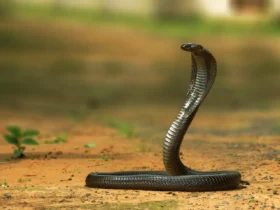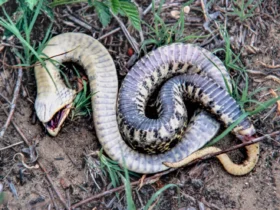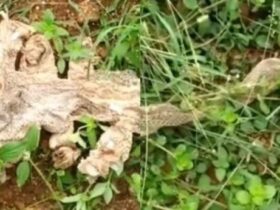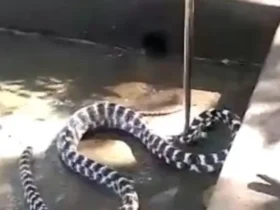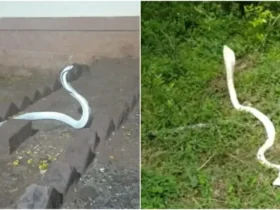Four platypuses – a unique species native to Australia – were released on May 12th at the Royal National Park in New South Wales after being absent from the area for over half a century.
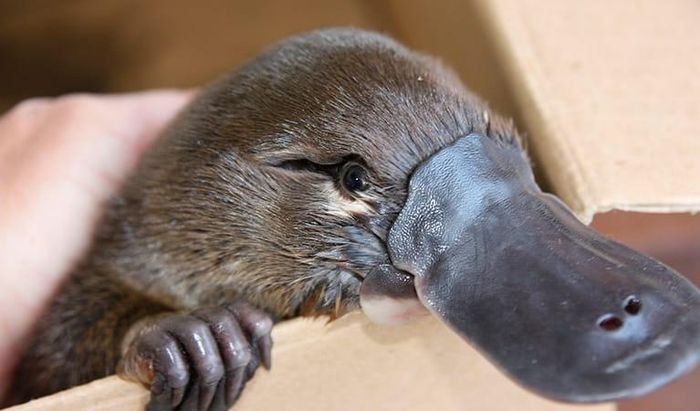
This is part of a collective effort by the University of New South Wales (UNSW), Taronga Conservation Society Australia, the World Wide Fund for Nature (WWF) in Australia, and the New South Wales National Parks and Wildlife Service to preserve nature, as reported by Reuters.
Established in 1879, the Royal National Park is the oldest national park in Australia and the second oldest in the world. However, since the 1970s, Australians had not seen any platypuses in this national park.
Before being brought to the national park, the platypuses, which were collected from various locations in the southeastern New South Wales, had to undergo multiple tests. Scientists will continue to monitor them for the next two years to understand more about the movement patterns of the species in the event of natural disasters.
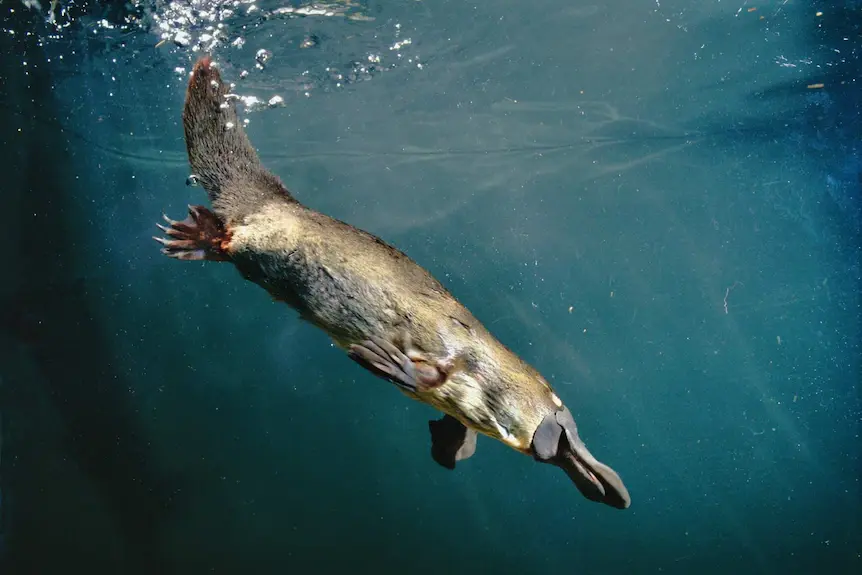
“We are delighted to see the platypus return to the national park,” said Dr. Gilad Bino, a researcher at the UNSW Centre for Ecosystem Science.
Platypuses are increasingly threatened as their habitats are being destroyed. They also face predation from other animals and extreme weather events such as droughts and wildfires.
It is estimated that there are approximately 30,000 to 300,000 platypuses living in the eastern coastal region of Australia and Tasmania. However, due to their secretive nature, platypuses are rarely observed in the wild.

